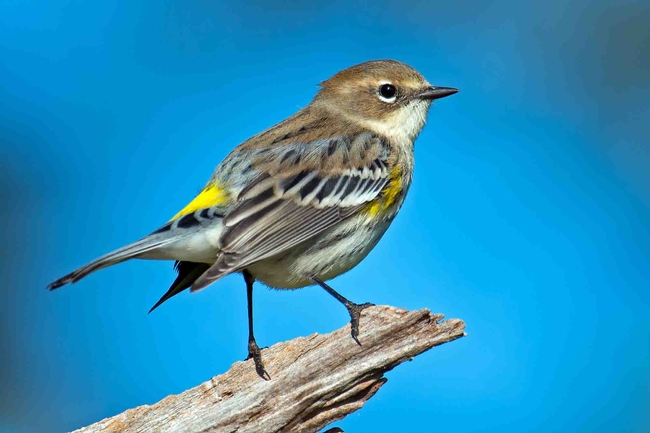Not all birds commonly seen in Chico live here year-round. Some appear for just a few weeks during their spring or fall migration. Others may stay for the summer. Yellow-rumped Warblers and Dark-eyed Juncos are two species of birds that are quite often seen in the Central Valley during the winter, when they prefer open spaces like woods, thickets, or residential areas. Both species are lively birds that are fun to watch while they forage in Bidwell Park or in your garden, before their springtime migration to breeding areas at higher elevations in coniferous forests.
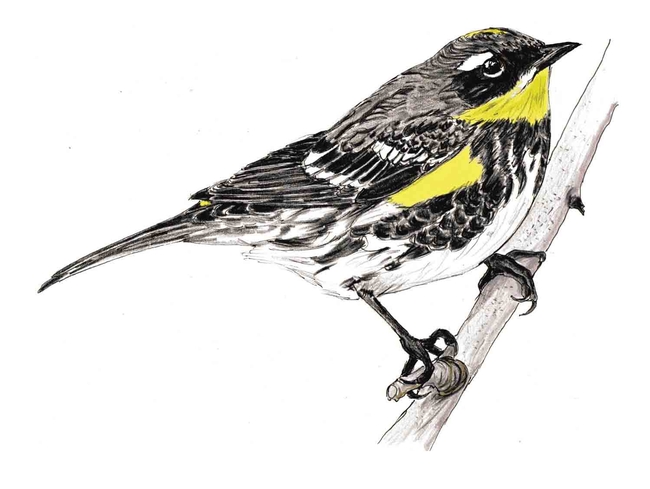
Yellow-rumped Warblers feed mainly on insects but will also eat berries in the winter. They forage for their prey on the ground, in foliage, or in mid-air. They are usually in motion, but you may see them perched on exposed branches, watching for insects to fly above them. You can tempt them to come to your bird feeder with hulled sunflower seeds, raisins, suet, or mealworms. Having trees and shrubs where they can perch while hunting as well as berry-forming shrubs will also make your yard more attractive to these warblers.
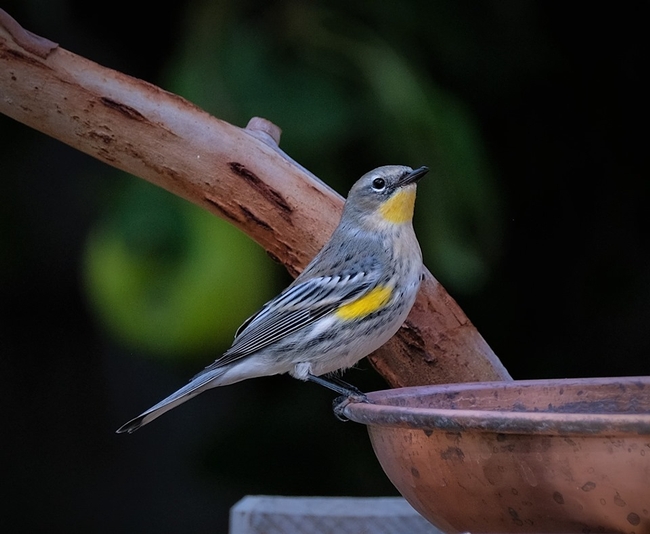
The Dark-eyed Junco is a species in the New World sparrow family. There are many plumage variations, but in our area the most common Dark-eyed Junco has a dark, blackish hood if it is male and a gray hood if it is female. Both male and female Dark-eyed Juncos have a reddish-brown back and sides, white belly, dark eyes, and a pinkish bill. Their white outer tail feathers are visible in flight but hidden when stationary.
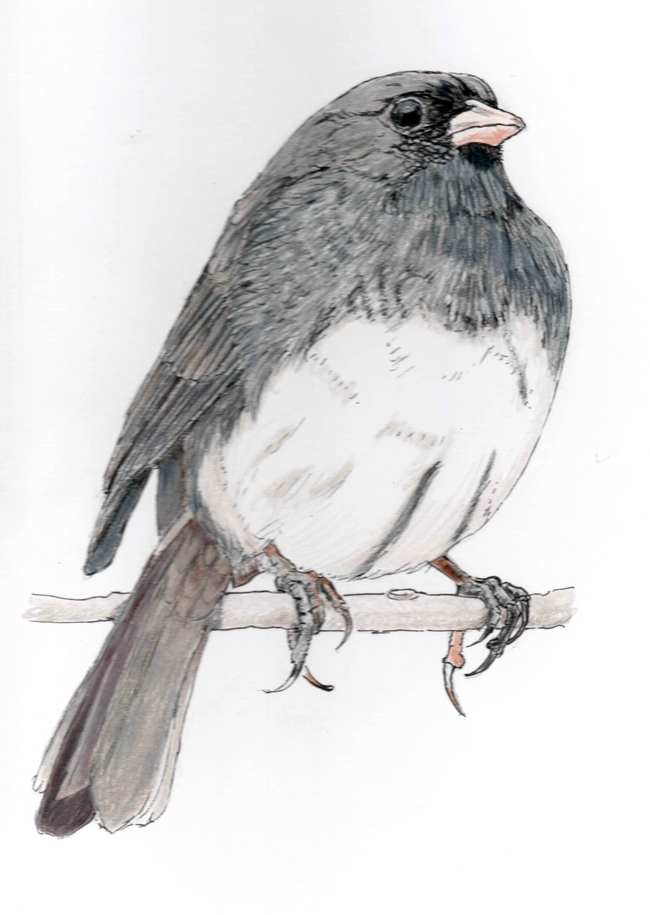
The Dark-eyed Junco is one of Karen Smith's favorite backyard birds to watch while they scratch up seeds on the ground along with other sparrows. She says that in flight their bright white outer tail feathers flash. This is helpful for identifying these birds in the field if they are too far away to see clearly, which can especially be the case when they are grouped with other ground feeders such as the White-crowned and Golden-crowned Sparrows.
You can count on these two species of birds to provide you with hours of backyard entertainment in winter. Useful resources for bird identification are Roger Lederer, The Birds of Bidwell Park, and David Allen Sibley, The Sibley Field Guide to Birds of Western North America.
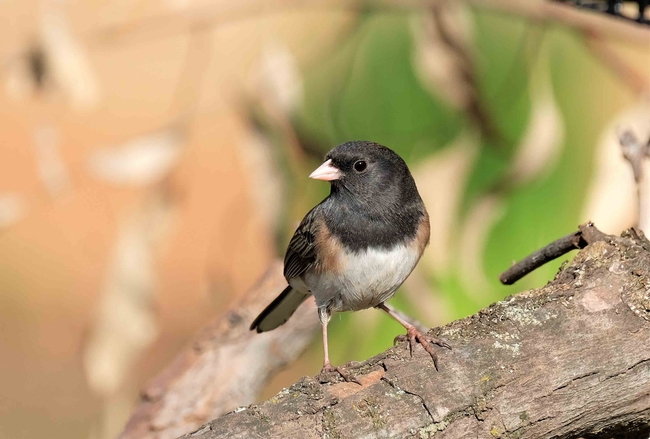
UC Master Gardeners of Butte County are part of the University of California Cooperative Extension (UCCE) system. To learn more about us and our upcoming events, and for help with gardening in our area, visit our website. If you have a gardening question or problem, email the Hotline at mgbutte@ucanr.edu (preferred) or call (530) 538-7201.
